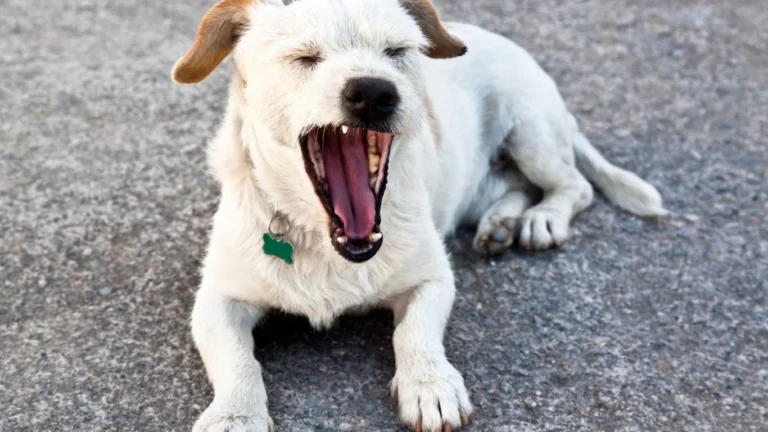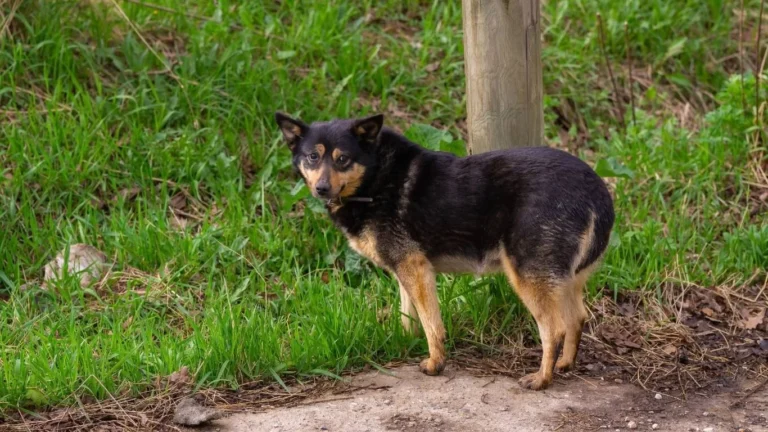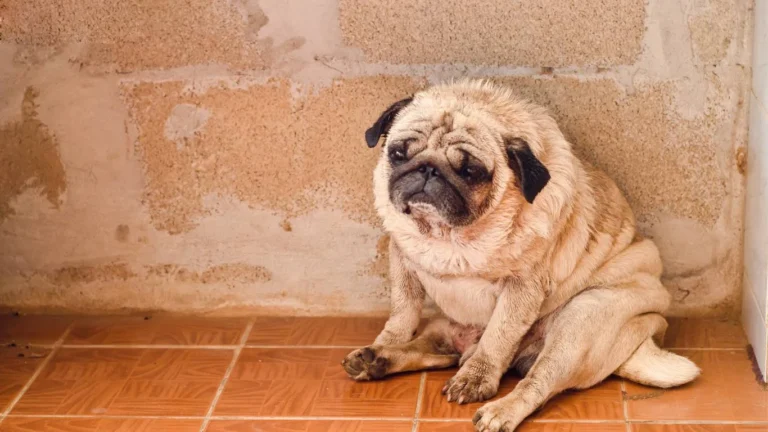Dog Bad Breath? Fix It Fast with These Vet-Approved Solutions!
Ever leaned in to cuddle your pup, only to be met with a whiff of something… foul? You’re not alone! What causes bad breath in dogs and how to fix it is a question I hear all the time as a pet nutritionist. While we might joke about “dog breath,” persistent foul odors can actually be a red flag for underlying health issues. So, let’s break it down—why does your dog’s breath stink, and what can you do about it?
Why Does My Dog’s Breath Smell So Bad?
Bad breath, or halitosis, in dogs isn’t just an unpleasant inconvenience—it’s often a sign that something’s off in their mouth, gut, or even organs. From my years working in veterinary clinics, I’ve seen everything from simple plaque buildup to serious internal issues that start with bad breath.

Poor Dental Hygiene & Plaque Buildup
By far, the most common reason dogs have bad breath is dental disease. Just like us, dogs need regular dental care. When food particles and bacteria sit in their mouths, they harden into tartar and lead to inflammation. If left unchecked, this turns into periodontal disease, which can cause pain, infections, and—you guessed it—awful-smelling breath.
- Yellow or brown tartar buildup on the teeth
- Red, swollen, or bleeding gums (gingivitis)
- Reluctance to chew or eat harder food
- Pawing at the mouth or drooling excessively
One case I’ll never forget involved a sweet Labrador who came in with breath so bad, his owner swore something had died in his mouth. Turns out, his gums were so inflamed from untreated periodontal disease that his teeth were loose. After a professional dental cleaning and a shift to a proper oral care routine, his breath—and health—improved dramatically.
Diet & Stomach Issues
What goes in must come out… one way or another. A dog’s diet plays a huge role in how their breath smells. Low-quality food, excessive treats, or table scraps can cause digestive issues that make breath smell funky.
Common culprits include:
- Low-quality kibble full of artificial ingredients
- High-fat or spicy human foods that upset digestion
- Food allergies or intolerances leading to acid reflux
I’ve had clients switch their dogs to a fresh, balanced diet and notice an immediate improvement—not just in breath, but in energy, coat quality, and overall health.
Underlying Health Conditions
Sometimes, bad breath is a symptom of something more serious happening inside your dog’s body. Certain diseases can alter the way their breath smells, giving us clues about their health.
Potential health issues linked to bad breath:
- Kidney disease – Breath that smells like ammonia or urine
- Diabetes – Sweet or fruity-smelling breath
- Liver disease – Musty or foul odor, often with yellowing gums
One memorable case was a small senior pup with oddly sweet breath. The owner thought it was nothing until routine bloodwork revealed diabetes. Catching it early made all the difference in managing her health.
How to Fix Bad Breath in Dogs (Easy & Effective Solutions)
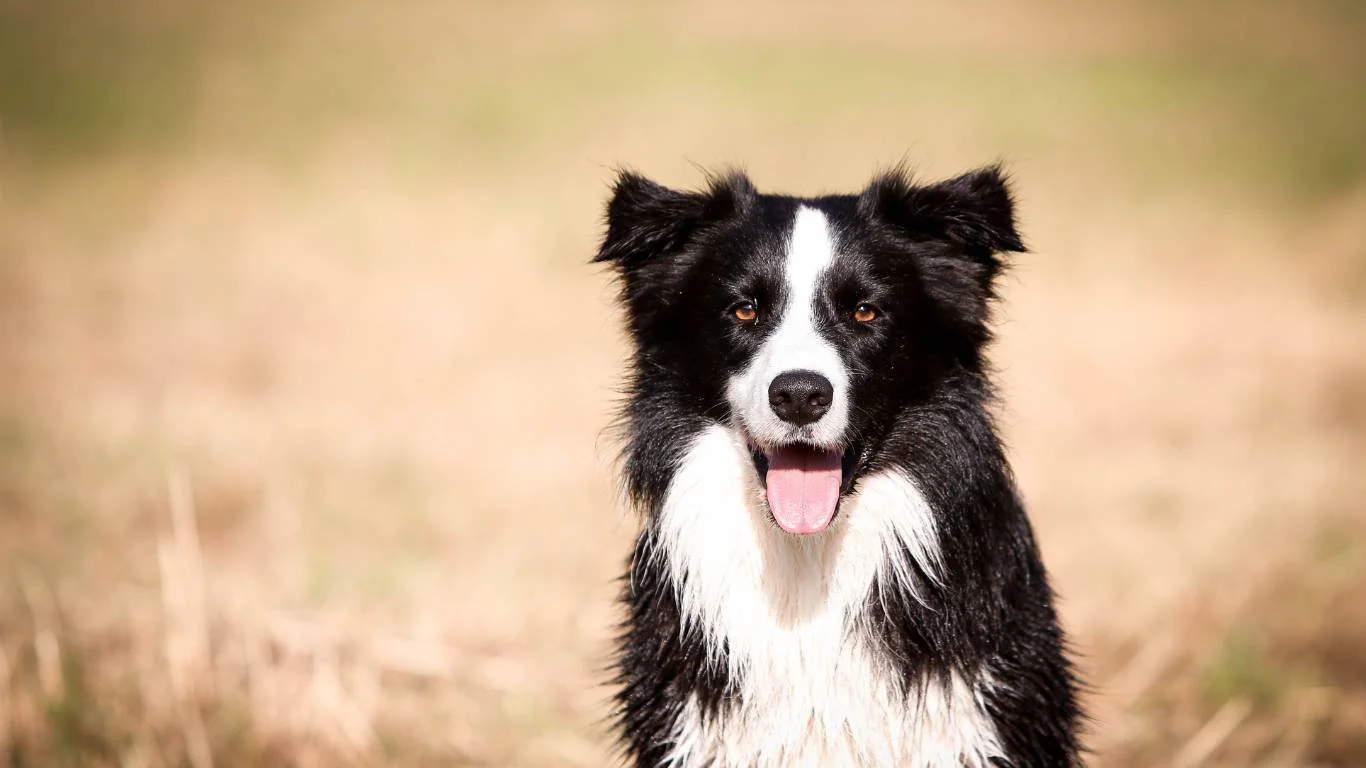
Brushing Your Dog’s Teeth (Yes, It’s Necessary!)
I know, I know—brushing a dog’s teeth sounds like a chore. But trust me, it makes a world of difference. Just a few minutes a few times a week can prevent smelly breath and major dental issues down the line.
- Use a dog-specific toothbrush (finger brushes work great for beginners!)
- Pick a pet-safe toothpaste (never human toothpaste—it’s toxic to dogs!)
- Start slow—let them taste the toothpaste before attempting a full brushing
For dogs who refuse brushing, water additives and dental chews can be a great alternative, but they won’t replace good old-fashioned brushing.
The Role of Diet in Preventing Bad Breath
What your dog eats doesn’t just affect their energy levels and coat—it plays a massive role in their breath. I’ve seen so many pet parents switch up their dog’s diet and be amazed at how their pup’s breath went from unbearable to fresh in just a few weeks. So, let’s break down how nutrition affects oral health.
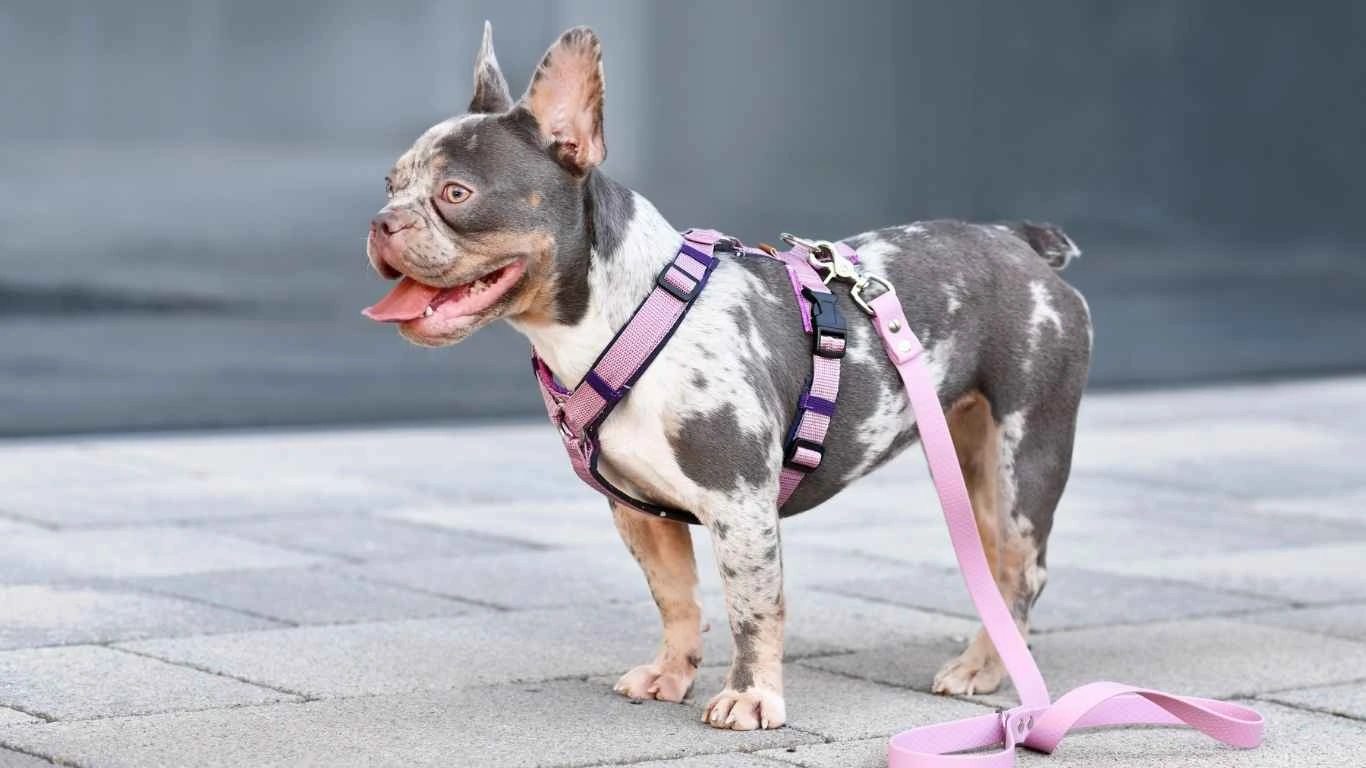
Why Some Dog Foods Make Breath Worse
If your dog’s breath smells awful, take a hard look at what they’re eating. Some common diet-related culprits include:
- Poor-quality kibble: Many commercial dog foods are loaded with carbs, fillers, and artificial additives that contribute to plaque buildup.
- Soft, mushy foods: Wet food and soft treats don’t encourage chewing, allowing bacteria to thrive.
- Low-protein diets: Dogs are carnivores by nature, and diets lacking quality protein can lead to digestive issues that cause bad breath.
- Grain-heavy meals: Some dogs struggle with digesting grains, leading to gut imbalances that result in foul-smelling breath.
Best Foods for Fresh Breath
So, what should your pup be eating for cleaner teeth and fresher breath? Here are some top choices:
- Raw bones: They act as nature’s toothbrush, scraping away plaque while providing essential minerals.
- Fresh, whole foods: A balanced diet with lean meats, veggies, and healthy fats supports digestive and oral health.
- Probiotic-rich foods: Plain yogurt or kefir (in moderation) helps maintain gut health, reducing bad breath caused by digestive issues.
- Dental chews: Opt for natural options with ingredients like parsley, coconut oil, or green tea extract.
Dental Care Habits That Make a Difference
Diet is just one piece of the puzzle—daily dental care routines are just as crucial. If you’ve ever tried brushing your dog’s teeth, you know it’s not always easy. But trust me, with patience and the right approach, it becomes second nature.

Brushing: The Gold Standard
Brushing your dog’s teeth might sound like a chore, but it’s the most effective way to prevent plaque and keep breath fresh. Here’s a quick guide to making it easier:
- Use dog-specific toothpaste: Never use human toothpaste—it contains xylitol, which is toxic to dogs.
- Choose the right brush: Finger brushes work well for beginners, while soft-bristled pet toothbrushes offer better coverage.
- Start slow: Let your pup taste the toothpaste first, then gradually introduce brushing in short sessions.
- Be consistent: Aim for daily brushing, but even 3-4 times a week can make a big difference.
Alternatives to Brushing
Not every dog will tolerate brushing right away, and that’s okay! Here are some effective alternatives:
- Dental wipes: These are great for wiping away plaque when brushing isn’t an option.
- Water additives: Vet-approved oral rinses can help fight bacteria and freshen breath.
- Chew toys and dental treats: Look for options designed to scrape away plaque while being safe for daily chewing.
When to See a Vet About Bad Breath
While home care and diet adjustments work wonders, some cases of bad breath signal an underlying medical issue. If your dog’s breath suddenly worsens or has a distinct, unusual smell, it’s time to visit the vet.
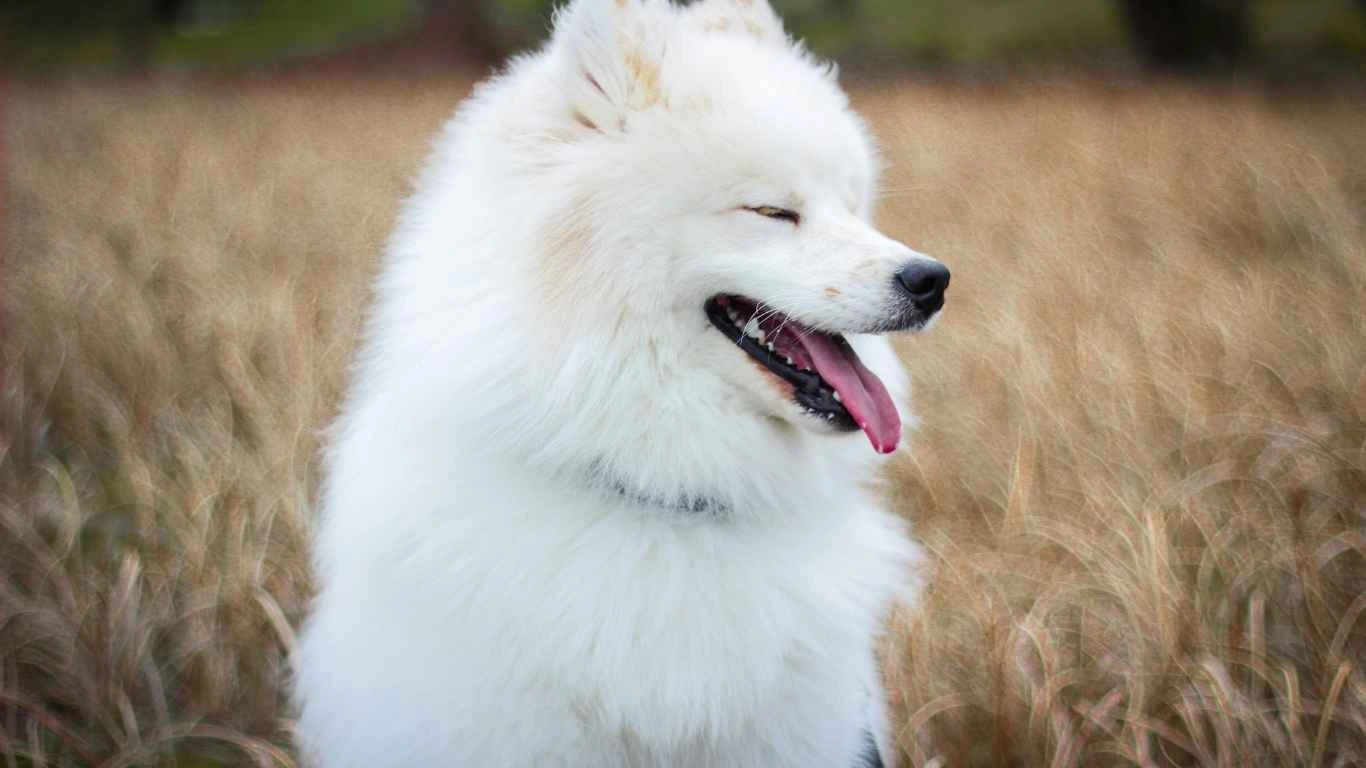
Signs That Bad Breath Might Be a Bigger Problem
- Sweet, fruity breath: Could indicate diabetes, especially if your dog is drinking more water than usual.
- Urine-like odor: May suggest kidney disease.
- Rotten or foul-smelling breath: A common sign of advanced dental disease or oral infections.
- Persistent bad breath despite good hygiene: Might point to gastrointestinal or liver issues.
What to Expect at the Vet
If you take your dog to the vet for bad breath, they may recommend:
- A thorough oral exam to check for infections, tumors, or periodontal disease.
- Blood tests to rule out kidney or liver disease.
- Dental X-rays to assess gum and bone health.
- A professional cleaning to remove tartar buildup.
Trust me, catching these issues early can save you stress, money, and most importantly, ensure your pup stays happy and healthy.
Case Studies & Real-Life Examples
Over the years, I’ve seen firsthand how small changes in a dog’s routine can completely transform their breath—and their health. Let’s dive into a few cases that show just how powerful the right care can be.
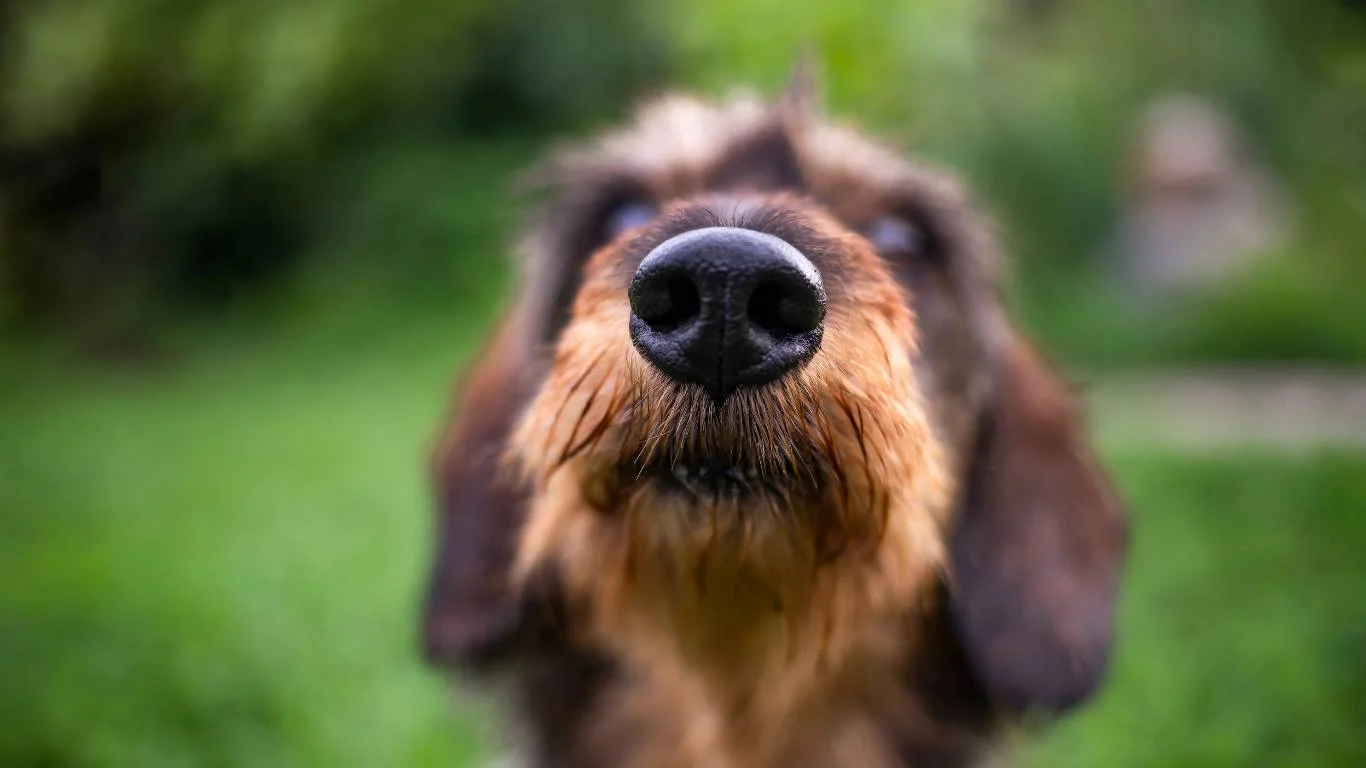
Case Study #1: Max, the Tartar King
Max, a 7-year-old Golden Retriever, had breath that could clear a room. His owners had tried everything—breath fresheners, treats, and even mint-infused water—but nothing worked. The culprit? Severe periodontal disease. After a professional cleaning and a new daily brushing routine, his breath improved within weeks. His owners were shocked at the difference!
Case Study #2: Bella’s Digestive Dilemma
Bella, a spunky little Dachshund, had persistent fishy-smelling breath. Turns out, her grain-heavy diet was causing acid reflux, making her breath worse. A switch to a high-protein, fresh diet solved the problem almost overnight. No more stinky kisses!
Case Study #3: Rocky’s Underlying Illness
Rocky’s breath had a sweet, almost fruity odor, which his owners assumed was harmless. But during a vet visit, bloodwork revealed early-stage diabetes. With diet adjustments and proper treatment, Rocky’s condition was managed, and the breath issue disappeared. This was a prime example of how bad breath can be a warning sign of a deeper problem.
Key Takeaways: What You Need to Remember
We’ve covered a lot, so let’s break it down into some simple, must-remember tips:
- Regular dental care is non-negotiable. Brushing, dental chews, and vet checkups keep breath fresh.
- Diet matters. High-quality, species-appropriate food prevents digestive issues that contribute to bad breath.
- Bad breath isn’t just bad breath. It can signal dental disease, organ issues, or even diabetes.
- Vet visits are crucial. If your dog’s breath suddenly changes or worsens, don’t ignore it—get them checked out!
FAQs
Still have questions? Here are some common ones I get from pet parents:
How often should I brush my dog’s teeth?
Ideally, daily! But if that’s too much, aim for at least 3-4 times a week. Consistency is key.
What’s the best way to freshen my dog’s breath naturally?
Apart from brushing, raw bones, coconut oil, and parsley can help. Just be sure to use dog-safe portions!
Can I use human toothpaste for my dog?
Absolutely not! Human toothpaste contains xylitol, which is toxic to dogs. Always use pet-safe toothpaste.
Should I be worried if my dog’s breath suddenly smells different?
Yes. Sudden changes in breath odor can indicate a medical issue, so it’s best to consult your vet if something seems off.
Bonus: Additional Resources & DIY Tips
Want to take your dog’s oral health to the next level? Here are some extra tips:
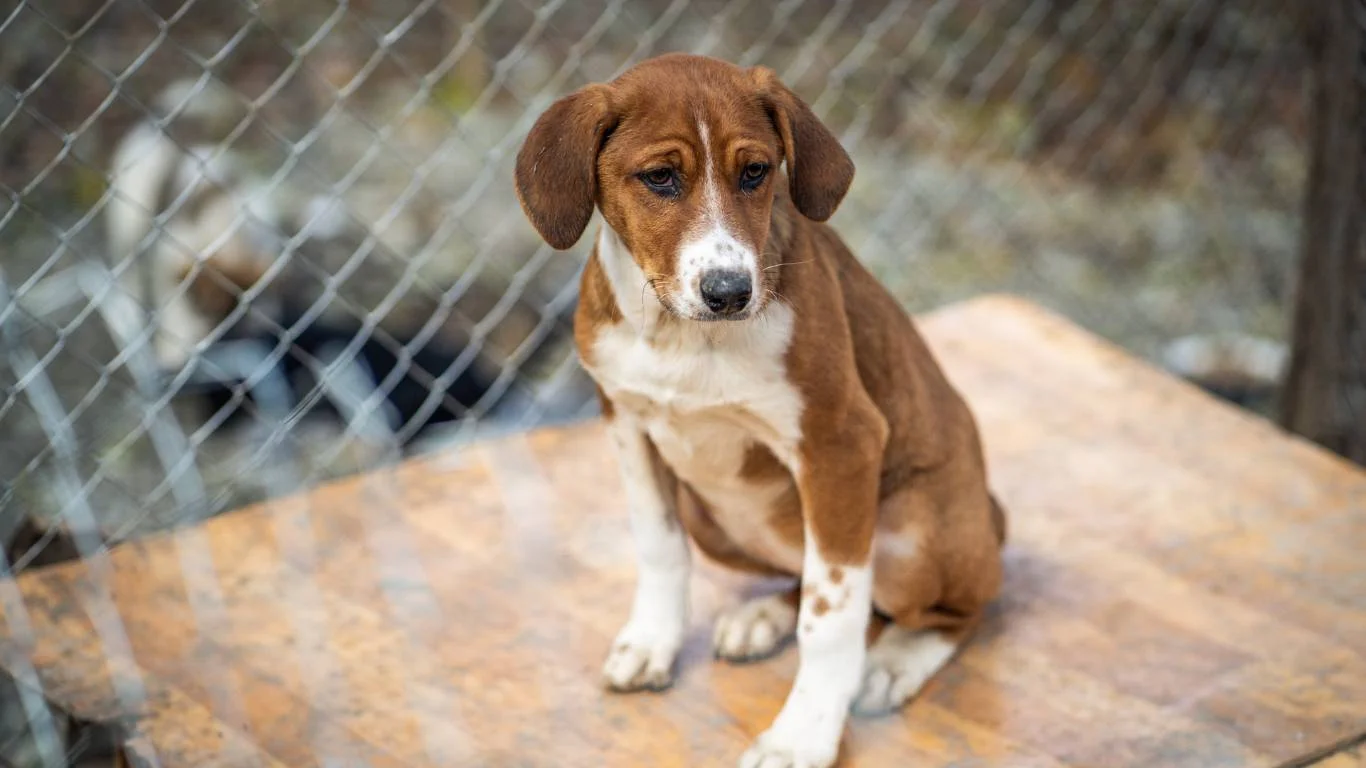
- Try homemade dog breath treats: Blend parsley, mint, and coconut oil into frozen dog-friendly cubes.
- Use water additives: Vet-approved dental rinses can help fight bacteria and freshen breath.
- Offer raw bones: They act as natural toothbrushes, scraping off plaque.
For more tips, check out trusted sources like AKC and VSPN.
Appendix: Table, References, and Call to Action
Quick Reference Table
| Cause of Bad Breath | Solution |
|---|---|
| Dental disease | Regular brushing, professional cleanings |
| Poor diet | High-quality, fresh food |
| Underlying illness | Vet checkup & medical treatment |
Disclaimer
This article is for informational purposes only and is not a substitute for professional veterinary advice. Always consult your vet for medical concerns.
Final Call to Action
Now that you know how to tackle bad breath in dogs, what’s your next step? Start brushing, switch up their diet, or book that overdue vet visit. Your pup—and your nose—will thank you!
Have a question or a success story? Drop it in the comments—I’d love to hear about it!

